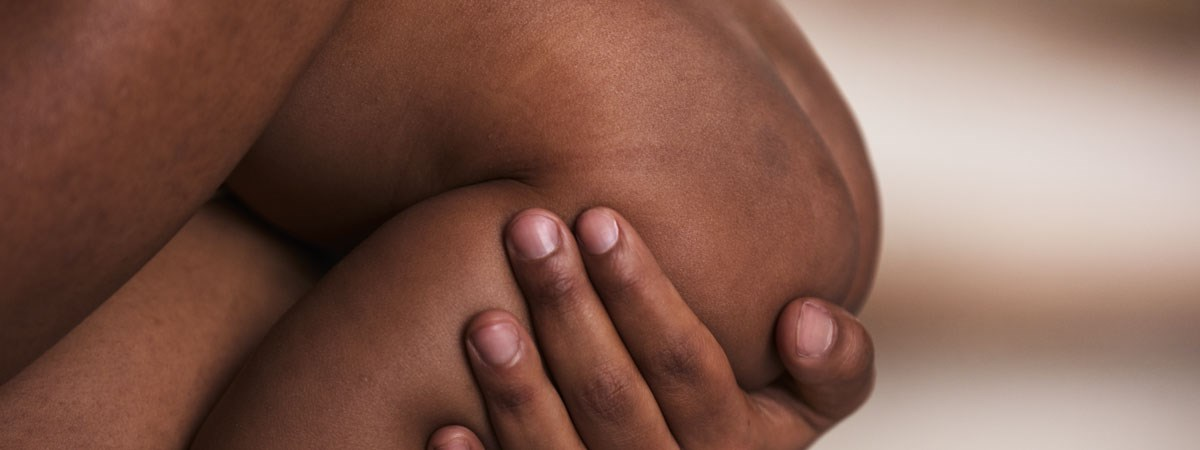
Treating nappy rash
No matter the care you take, it's hard to avoid the skin on your baby's bottom getting red and sore now and then. Nappy/diaper rash, which in rare cases results in nappy thrush and weeping sores, stings and causes pain.
Baby's frequent peeing and pooing means that nappy changes are needed five or six times a day – or more. No matter how careful you are, it's hard to avoid the skin on your baby's bottom getting red and sore now and then. Pee and poo contain substances that can soon make the problem worse. In the worst case, soreness may turn into sores.
The risk of nappy rash may increase if the child has runny poo or diarrhoea, for example if she has a tummy bug or is on antibiotics.
If baby's bottom is red and irritated
• Change nappies even more often and don't put the nappy on until baby's bottom is completely dry.
• Cleanse with a dab of baby oil on a soft washcloth instead of splashing water on the sore area.
• Let baby's bottom air dry at every nappy change. If possible, let baby lie or crawl around with a bare bum for a while.
• Try applying some breast milk to any sores. Let baby's bottom air dry before giving baby a clean nappy.
• If your baby has a rash of weeping sores, you'll need to bathe him very gently with a non-stinging astringent and mild antiseptic gel.
•A thin application of cream for nappy rash – Libero's zinc cream or other barrier-cream suitable for nappy rash – often works wonders. The greasy cream creates a barrier to protect the skin against wetness and soiling trapped in the nappy.
• A nappy rash typically starts with redness around the anus. Take care to apply a thin layer of baby barrier cream as soon as you spot this skin irritation to stop it getting any worse.
Air and care
For older babies, let them have nappy-free time in warm weather.
If the skin is very red and irritated, it may take a few weeks' attentive care for the skin to regain its normal resistance. If sores or blisters develop, have a doctor or paediatric nurse check the skin to determine if it is infected and needs to be medicated.
Follow this link for more advice about baby's sensitive skin – spots, scaly skin and rashes.
You can also watch our videos giving you tips on nappy changing.
